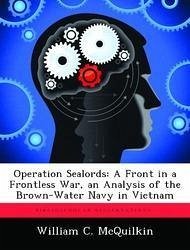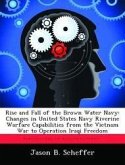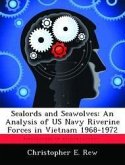This study examines Operation SEALORDS, the capstone campaign conducted by the Brown-Water Navy in Vietnam. Specifically, this paper addresses the primary question: Was the SEALORDS campaign successful, and if so, what lessons, can be learned from SEALORDS and how might we employ brown-water forces in the future? This thesis breaks down the SEALORDS campaign into three areas of study. First, the study examines the barrier interdiction portion of the campaign designed to stem the flow of enemy infiltration of men and material from Cambodia into the Mekong Delta. Second, this study analyzes the Denial of Sanctuary Operations and Pacification portion of the SEALORDS operations. Lastly, the Accelerated Turnover to the Vietnamese Program known as 'ACTOV' is examined to determine its effectiveness. The findings of this study suggest that by concentrating naval forces athwart the major infiltration routes along the Cambodian border, SEALORDS effectively cut enemy lines of communication into South Vietnam and severly restricted enemy attempts at infiltration. Additionally, the findings suggest that SEALORDS contributed significantly to pacification efforts in the southern part of III Corps and all of the IV Corps Tactical Zone. Finally, the ACTOV Program is evaluated as successful and put the navy out ahead of the other services with respect to Vietnamization of the war effort.
Bitte wählen Sie Ihr Anliegen aus.
Rechnungen
Retourenschein anfordern
Bestellstatus
Storno









